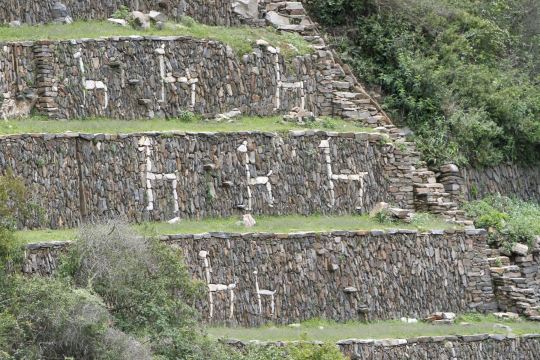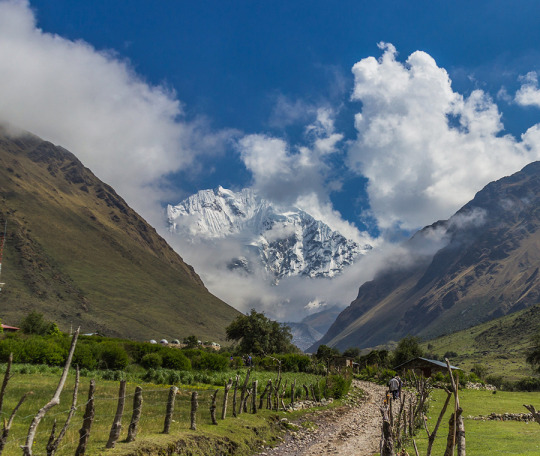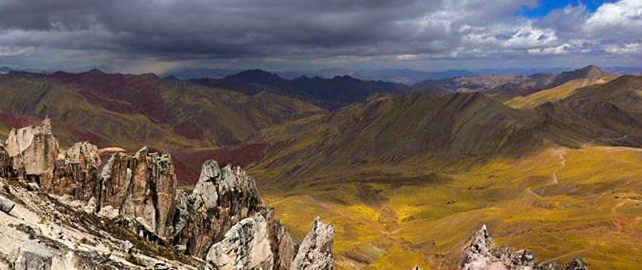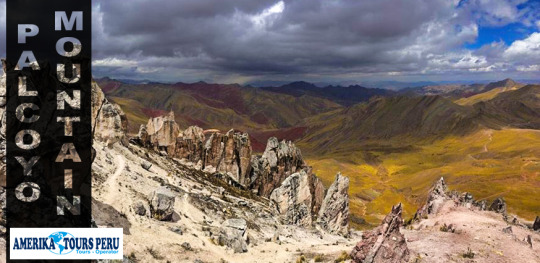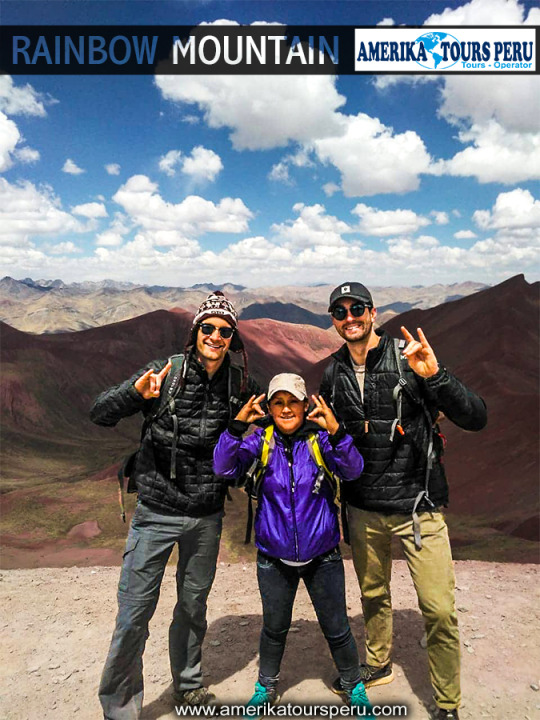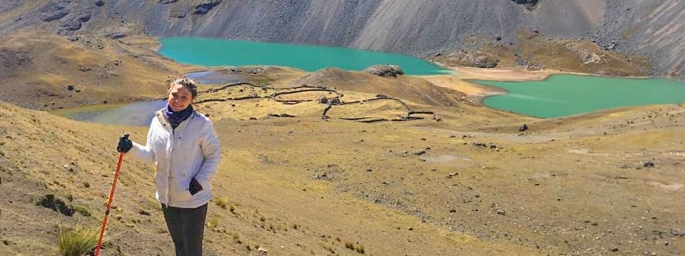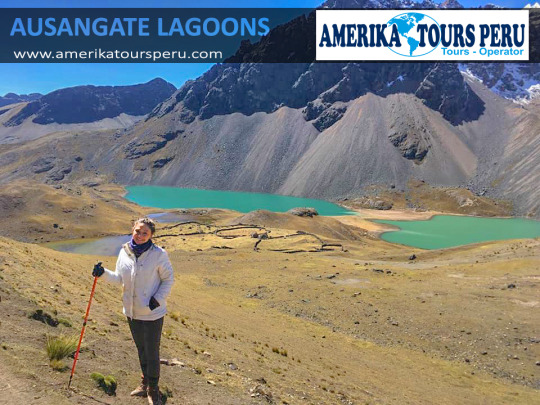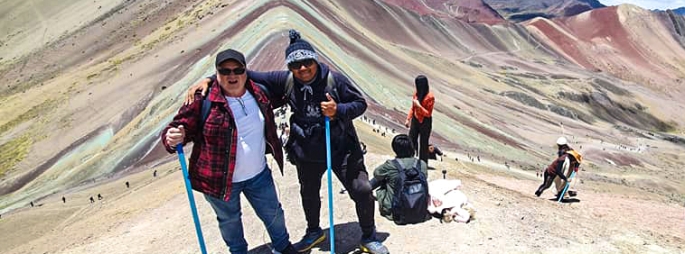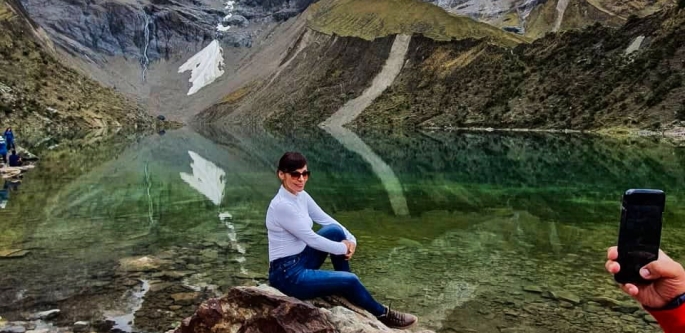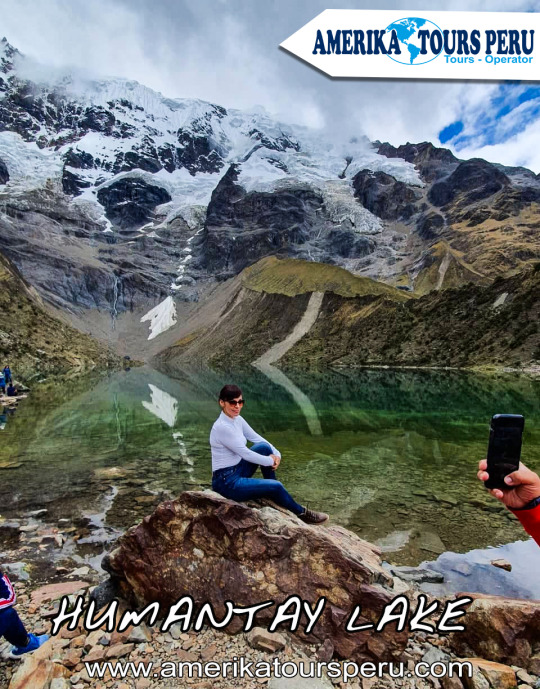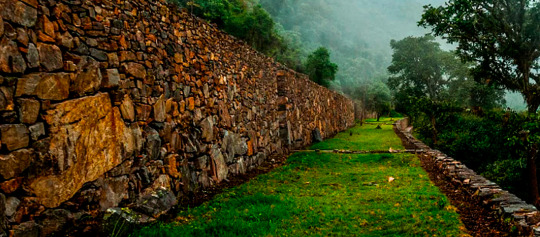
DAY 1: CUSCO – CACHORA – CHIQUISCA
We will pick you up from your Cusco hotel at 5.00 am in our transport, and then drive for 2 hours to Curahuasi (2909 m. / 9543 ft.), village where we will have breakfast, and then we continue to Capuliyoc, we arrive to nice view point called Capuliyoc (2915 m. / 9561 ft.), from here, we will have the privilege to see spectacular views of Padriyoc and Wayna Cachora snowcapped peaks (mountains over 5400 m.). At this point we will have some time to enjoy our snacks and we take some pictures of the breathtaking views of the river and the canyon stretching down the valley. From here we will descend through a unique zigzag path for 2 hours more to reach our place for lunch. Finally around 1 pm. we will have lunch. You have time to relax, put your feet up and have some refreshing tea, before we get ready to hike again for 2 hours more descending, so, we will reach our campsite located at Chiquisca (1836 m. / 6023 ft.) around 5 pm. where we will spend the night.
DAY 2: CHIQUISCA – MARAMPATA – CHOQUEQUIRAO RUINS
After our breakfast, we will leave early, throughout the day we will see a wide variety of bromeliads, orchids and stands of bamboo; we’ll also hope see birds such as Andean Quetzals, Toucans an a variety of hummingbirds. From our campsite we walk around 1 hour in order to descend to the bottom of the Canyon, called Playa rosalina and the magnificent Apurimac river (1550 m./ 5084 ft). From here we will begin probably the hardest section of the path due to the ascension; 2 hours steep climb to Santa rosa (2095 m. / 6873 ft.) where We will have time to take a refreshing break. From Santa rosa we will continue uphill for another 2 hours towards marampata (2913m / 9557ft), a flat ground where we can have a break and enjoy the views of Apurimac Canyon and the famous Inca site of Choquequirao. Here We’ll have lunch and take advantage of the facilities (toilets and wash room).After lunch We will continue to hike for another one hour to reach our campsite which is located just outside of the Great Inca Site Choquequirao (3110 m. / 10120 ft.) and We will spend the late evening in the ruins, where we will see a very nice sunset over mountains, and if we may be lucky enough to spot Condors soaring nearby over the valley below. Camping at Choquequirao campsite (bathrooms and cold water showers are available).
DAY 3: CHOQUEQUIRAO RUINS – CHOQUEQUIRAO PASS – MAIZAL
After our early breakfast we will visit the mysterious Inca site of Choquequirao, where our professional Tour Guide will explain about the history of this magnificent Inca site. Originally discovered in the 17th century by the Spanish, it lay abandoned and forgotten until recent years when tourism raised the profile of the city and exploration began. Even with this increased interest only 25% of the city has been explored and many of its secrets still wait to be discovered. Actually we can visit the most important zones such as the main plaza, the inca houses, the granaries, the ceremonial sector and its altars, the famous terraces, and the great Llama sector where Incas represented this sacred animal on their buildings. After our guiding visit, you have extra time to explore and enjoy the place by yourselves, after this, we continue with our trail, we will begin walking uphill until the highest point for this day called Choquequirao pass located at 3,300 masl. or 10,890 ft., then we will descend until to the deepest point of the small canyon known as White River or Río Blanco (1900m/6234f), On the way we will pass by Pinchiunuyoj, a small archaeological site. From Rio Blanco we will climb up for about 3 hrs. and during this time we will observe different species of birds, different varieties of orquids, and local coca plantations, we continue hiking until our campsite at the place called maizal (3000 masl. / 9900 ft.).
DAY 4: MAIZAL – SAN JUAN PASS – YANAMA
Today after a very good breakfast we will start a superb day’s hike on a path surrounded by vegetation and flowers climbing by 3 ½ hours along the way you will see evidence of mines that at one time were exploited, but are no longer used. As we continue and ascend, the weather will become a little colder and we will find the remains of an Inca trail. This trail will take us toward the pass called San Juan Pass (4200m/13,780ft). From this beautiful place you can see a great landscape with a grand chain of mountains such us Sacsarayoc, Pumasillo and Choquetecarpo, from which some of the latter peak more than 5000m/16404 feet. You will also see glaciers and many mountains that surround it. After some pictures and a break at the San Juan Pass, we’ll head down and in the distance another recently discovered Inca ruin, Corihuayrachina and the equally interesting old silver mines of Mina Victoria, and we continue Descending by 3 hours to the north into the River Yanama Valley, we follow a high trail which traverses steep slopes and provides another excellent opportunity to spot condors. We camp beside the river at the little Andean village of yanama (3530 m / 11,581 ft.). In the afternoon once again our cook will prepare a tea time for us and after a delicious dinner.
DAY 5: YANAMA – YANAMA PASS – TOTORA – COLPAPAMPA
After early breakfast, we make our way out of the Yanama valley, as we ascend we return to a more barren environment where only the local grasses and hardiest plants can survive. we will start climbing slowly to the highest point of the whole trek, this pass is known as yanama pass(4670 masl. or 15410 feet), again the view will be amazing from here, we will be surrounded by snowcapped mountains as the Sacsarayoj mountain and the Padreyoj mountain and if we are lucky we will even see a condor flying., After a small stop, from this pass we make our way down in to the valley and back in to warmer climes. About 1hour beyond the pass we arrive to a small community called totora at 3,630 masl. or 11,979 ft. where we will have our lunch. After lunch, during the afternoon, we will enjoy frequently the view of snowcapped mountains such as Salkantay (6264 m.) and Pintuyu (5450 m.) and we continue going down for another 2 hours to colpapampa (2750 m.) which is where we’ll be camping for the night; when we arrive you’ll notice a change – now that we’re nearly to Machu Picchu the communities are larger and more well supplied, there are also more tourists whom came from the route of the Salkantay trek and they converge at this point.
DAY 6: COLPAPAMPA – PLAYA SAHUAYACU
Our destination today is the village of La Playa about 12km down the valley from Colpapampa. Our route takes us along the Lluskamayo River through an area that is teeming with life and that has various coffee and fruit plantations. Tonight we will stay at the village of La Playa (2400m / 7874ft.) which is well connected and there are plenty of places where you can buy snacks and refreshments, you can also try some of the locally grown coffee. If you are interested there is the option to visit some hot springs that are close by, let your guide know in advance so that he can organise this for you.
DAY 7: LA PLAYA – HYDROELECTRIC STATION – AGUAS CALIENTES TOWN
Today is your last hiking day. It will end around lunch time. This climb along the Inca Trail takes about six hours. It is three hours uphill, along the hillside with great views of the Santa Teresa Valley and some coffee and passion fruit farms. Once we arrive at the top of this mountain, we will be at the famous Inca site of Llactapata, which was built by the Incas. They used it to observe the sunrise during the winter solstice. You will also see Machu Picchu for the first time from this location, as well as views of the surrounding areas, such as, the valleys and mountains of Machu Picchu (Huayna Picchu and Machu Picchu Mountains). Then, we will walk the last three hours, descending down to the hydroelectric station. Here, we will enjoy our last lunch and say goodbye to your trekking chef. You will retrieve your duffel bags and catch the train around 3:30 p.m. After a one hour ride to Aguas Calientes, you will be taken to your hotel for a hot shower. If you would like, you can visit the famous hot springs at Aguas Calientes (the entrance fee is $3 per person), then enjoy dinner at a restaurant.
DAY 8: AGUAS CALIENTES – MACHU PICCHU – CUSCO
This day will be for sure the most fascinating for you, because you will see Machupicchu in all its glory from dawn. We get up at 5:00 am and after our breakfast we will go to the bus station for boarding the first bus that leaving at 5:30 am to be in Machupicchu at 6:00 am. Inside Machupicchu we will have 2 hours guided tour where you will visit the most remarkable places such as: el torreón semicircular, el templo de las tres ventanas, el intihuatana, el templo del cóndor, la sala de los morteros y el baño del inca. Then you will have free time to explore Machupicchu by your own or descend to Aguas calientes (Lunch in not included). In the afternoon you will board the train from Aguas calientes to Ollantaytambo, place from where you will be transported by touristic bus to Cusco.
Estimated arrival to Cusco (20:00 pm).
MORE INFORMATION CHOQUEQUIRAO TREK



